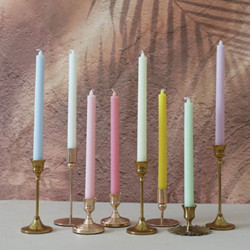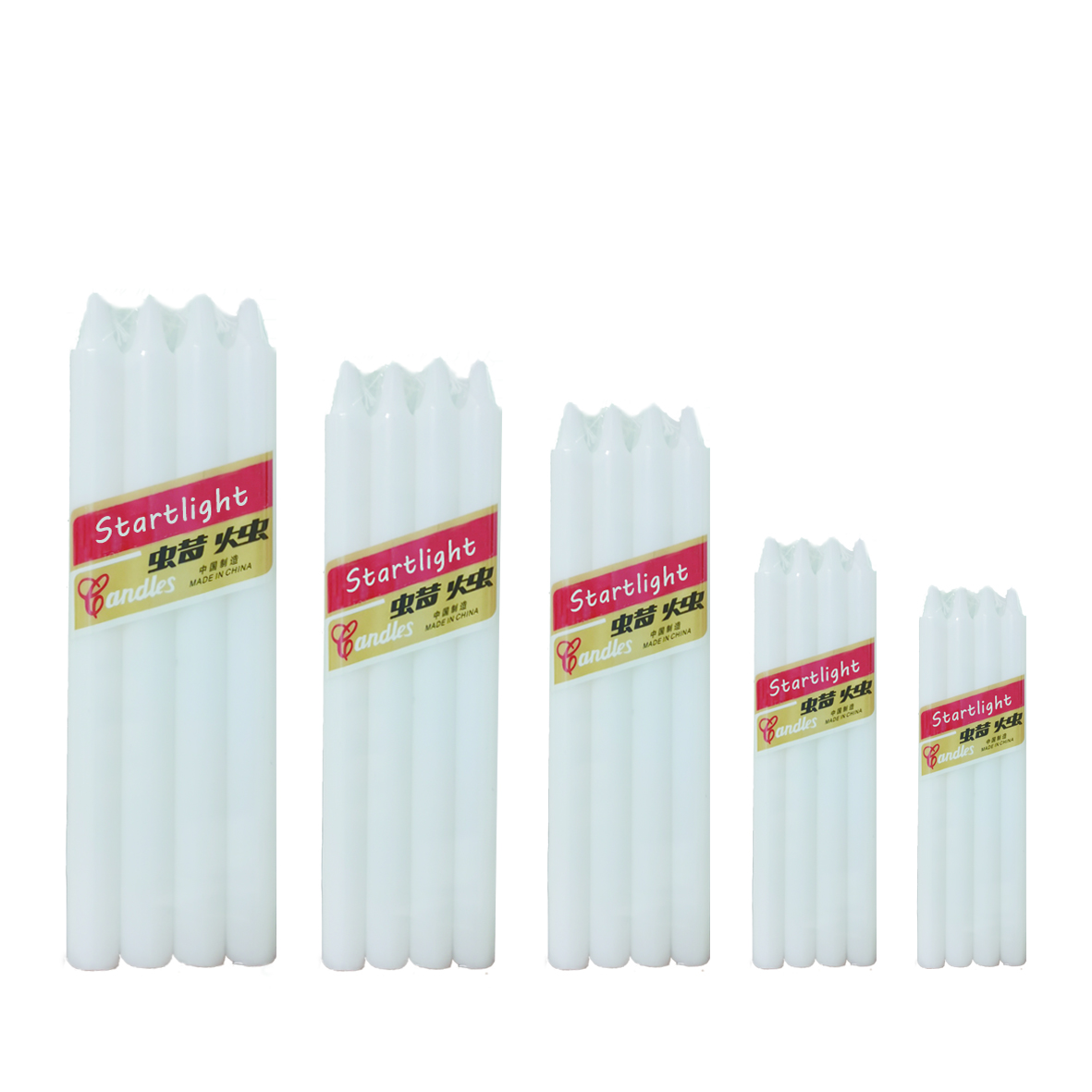In April 2019, history was made in the world of design when the first chair ever created through a collaboration between humans and artificial intelligence was unveiled at Milan Design Week. Dubbed the "A.I. Chair," this innovative piece represents the combined efforts of renowned designer Philippe Starck, Italian furniture brand Kartell, and technology powerhouse Autodesk. Utilizing generative design—an AI-driven approach that harnesses cloud computing to optimize product designs—the A.I. Chair embodies cutting-edge technology meeting traditional craftsmanship.
Today, this groundbreaking chair is widely available, thanks to its debut at prominent international design fairs like IMM in Cologne and Maison & Objet in Paris. At these events, Kartell officially launched the A.I. Chair, marking a significant milestone in sustainable design. What sets this chair apart is its eco-friendly manufacturing process—each piece is crafted entirely from 100% recycled materials. This represents a major leap forward for Kartell, which has long been committed to sustainability. Back in 2019, to celebrate its 70th anniversary, the company unveiled its sustainability manifesto titled "Kartell Loves the Planet," underscoring its dedication to environmental responsibility.
Speaking about the project, Arthur Harsuvanakit, Senior Designer at Autodesk, noted, "This chair perfectly exemplifies the design and manufacturing industries' shift toward sustainability and circularity." Philippe Starck echoed this sentiment, emphasizing the importance of minimizing material usage in design. He stated, "We're unconsciously trying to produce objects with less material. Ultimately, design is about reducing the amount of material used. It's crucial to use the least amount possible for this chair."
The A.I. Chair also highlights the concept of upcycling materials and circular design. As global populations continue to grow, it's imperative to adopt responsible and circular methods for utilizing materials and energy. Lynelle Cameron, CEO of Autodesk Foundation and VP of Sustainability at Autodesk, highlighted this point, stating, "Circularity isn't just about recycling—it's about truly embracing upcycling and ensuring that materials in our products can be reused in new ones."
Kartell's Chairman Claudio Luti added, "It's not enough to create a product that looks environmentally friendly. Instead, we must develop an industrial strategy that integrates sustainability across every aspect of our operations, from planning to sales."
Throughout the design process, injection molding emerged as the optimal method for mass production. However, this technique comes with specific constraints regarding the thickness of the chair's walls. To overcome these limitations, the team had to refine their algorithms and explore novel strategies to achieve the desired thinness while maintaining structural integrity. Arthur Harsuvanakit explained, "Generative design allows us to explore numerous possibilities and find superior solutions much faster."
Looking ahead, this project signals exciting opportunities for designing with reduced material usage and enhanced sustainability. As we embrace these innovations, the future of design becomes increasingly aligned with environmental stewardship.


Colors household Stick candle candle for lighting church
The Household candle is made of paraffin wax, there have different color of candles, main use for household decorative, daily lighting,church candle, prayer candle,main market is africa, middle east, Europe etc
Material:paraffin wax, Soy Wax or customizedÂ
Size:8g to 100gÂ
Diameter:1.0cm-2.5cmÂ
Package:shrink paper , color box, plastic bag etcÂ
Main market:Africa Like Nigeria, Ghana ,Benin,Etc, Middle east:Dubai,Lebanon etcÂ
Color: white color candle, red color candle, blue color candle, etcÂ


Â
white candle,church candle,household candle,stick candle
Meichen(Hebei) Technology.,Ltd , https://www.yuyilang.com